Adding poles can turn a walk into a full-body, calorie-burning workout
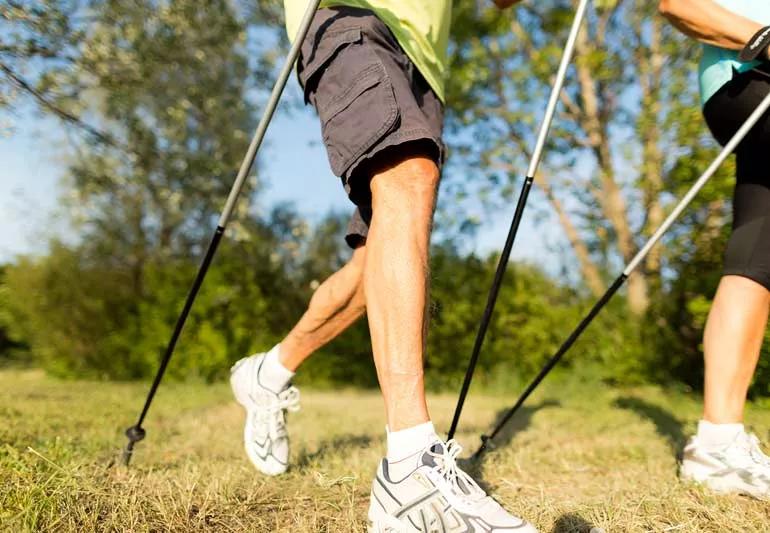
Want to take your daily walk to the next level? Then put a pair of walking poles in your hands and enter the world of Nordic walking.
Advertisement
Cleveland Clinic is a non-profit academic medical center. Advertising on our site helps support our mission. We do not endorse non-Cleveland Clinic products or services. Policy
The exercise can turn a basic trek into a full-body workout by mimicking movements used by cross-country skiers. (Hence, the poles.) In Nordic walking, every step includes a pole-planting motion that works muscles in your upper body.
So, how much of a difference can all that poking at the ground make? Let’s find out with exercise specialist Ben Kuharik.
In the world of cross-country skiing, Finland qualifies as a powerhouse. The winter activity is part of the nation’s culture. It makes sense given how the landscape resembles a tundra for so many months every year.
But it’s not ALWAYS snowing there, which explains how Nordic walking came to be. Basically, it originated as out-of-season training for cross-country skiing.
In Nordic walking, you use the hand-held poles to help propel yourself forward. (More on that below.) “It’s essentially the same movement used by cross-country skiers,” explains Kuharik. “You just don’t need snow for this activity.”
Walking is a fabulous type of exercise. But when it comes to working your body, it doesn’t exactly target muscles north of your belt. It’s your legs doing most of the hard labor hauling you around.
Nordic walking, on the other hand, kicks up the intensity level by bringing your upper body into the activity. Here’s what that does:
Advertisement
Nordic walking taps into more than 90% of the muscles in your body thanks to the use of the poles. “It’s really going to give you a full workout by using muscles up and down your body,” says Kuharik.
In particular, expect to work these upper-body areas:
An added bonus? With more muscles in action, your heart is going to work a little harder pumping blood around your body. “It’ll definitely do a little more to help strengthen your heart,” notes Kuharik.
In fact, a recent study shows that Nordic walking can boost heart function and quality of life in people with coronary artery disease.
Know what happens when you ask more of your muscles? You burn a lot more calories.
Various studies estimate that Nordic walking burns anywhere from 18% to 67% more calories than traditional walking. “It’s a pretty significant amount,” states Kuharik. “You’re getting more out of your exercise time.”
Every single pole plant with a Nordic walking stride takes a wee bit of stress off of your legs. The cumulative effect of that is less wear and tear on your ankles, knees and hips as you rack up miles.
That also makes Nordic walking an excellent option for anyone dealing with leg pain or injuries.
“In terms of the care and longevity of your lower joints, Nordic walking is certainly preferential,” says Kuharik.
Nordic walking poles also offer added stability as you exercise. “That’s super important, especially as you start getting older,” explains Kuharik. “The risk of falling increases with age. The poles can help you keep your balance.”
The strength you build through Nordic walking will help, too. Researchers working with people in a cardiac rehabilitation group found that a three-week Nordic walking program led to increased coordination.
The efficiency of movement that comes from being propelled forward with Nordic walking poles leads to a faster pace, says Kuharik. By some estimates, you can cruise along as much as 25% faster than just walking regularly.
“You should be able to cover more distance before getting fatigued,” he adds. “Going farther means seeing more, too … so definitely make sure to enjoy the scenery.”
Your first step to begin Nordic walking involves shopping. You’ll need a pair of specialized poles, which include wrist straps. (“You really can’t just use a walking stick out of the woods,” says Kuharik.)
Advertisement
The good news? It’s possible to find adjustable poles in the $20 range through various retailers. Higher-end poles run about $100.
Look for a pole with a pointed tip if you’re going to be walking on trails or dirt surfaces. If you’re more of a sidewalk explorer, get a pole with a more blunt rubber end. (Some poles allow you to change the tip for either surface.)
Don’t forget to invest in a good pair of shoes, too, same as if you’re starting a regular walking program.
Let’s start with the good news: Nordic walking essentially uses your normal walking motion. There’s no funky bodily movement or wild arm swing that needs to be added.
Of course, there’s still a bit more to the exercise than just carrying around two poles.
Numerous scientific studies on Nordic walking utilize a 10-step technique developed by the International Nordic Walking Federation (INWA). The focus is on building off of a “natural, biomechanically correct” walking form.
How-to videos are available online, but here are a few highlights on form:
Advertisement
The activity is ideal for just about anyone, though there are a few exceptions. Kuharik says that Nordic walking isn’t recommended for someone recovering from an upper-body injury given the stress it might put on your wrist, shoulder and elbow joints.
“But overall, it’s worth trying if you’re looking to add something extra to your walking routine,” he reassures. “You’re definitely going to get a more complete workout with it.”
Advertisement
Learn more about our editorial process.
Advertisement
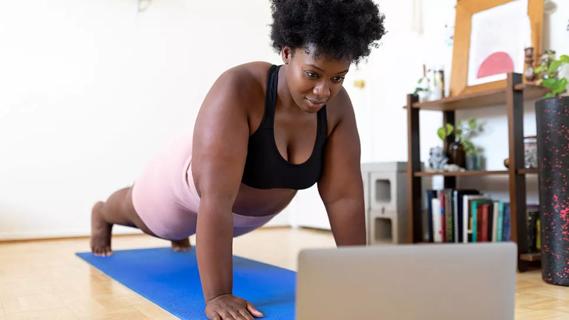
The exercise — which you’ve probably been doing since grade school — can be intimidating, but proper form can help
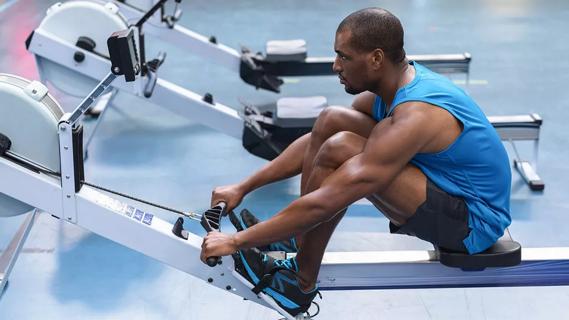
Exercise lowers risk for heart conditions, improves mental health and reduces visceral fat that can compromise your organs
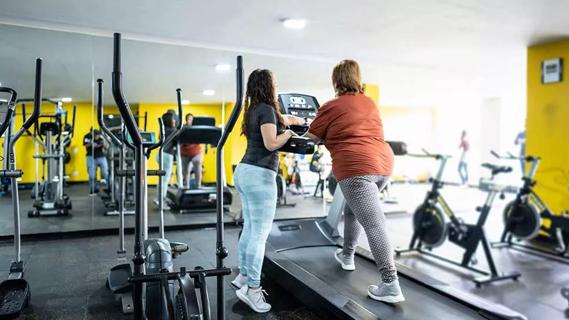
Ask questions, get referrals and consider if someone is a good fit for you and your fitness goals
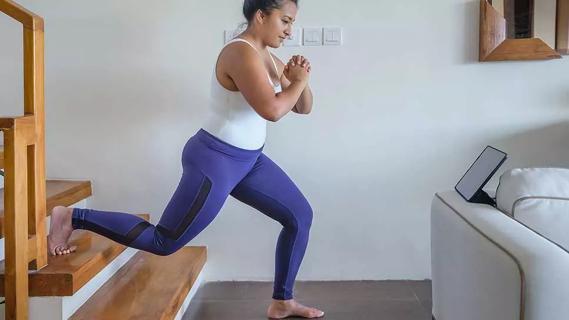
Expect a few bumps in the road, work out for the right reasons and give yourself some credit
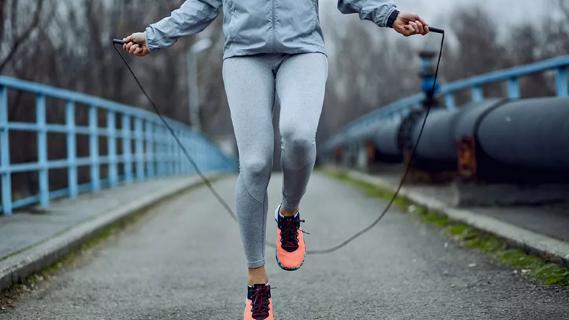
Jump into the swing of things to improve your coordination, burn calories and get your heart rate going
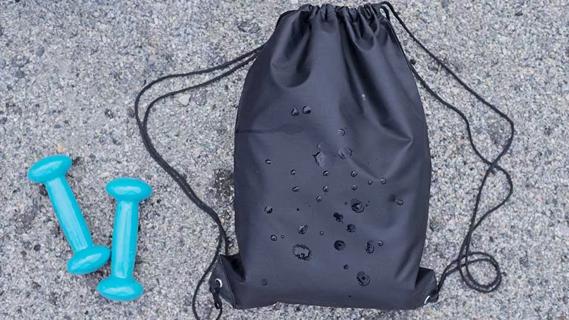
Walking with a weighted backpack is a low-impact, full-body workout that’s growing in popularity

A super high heart rate means you’re burning more than fat
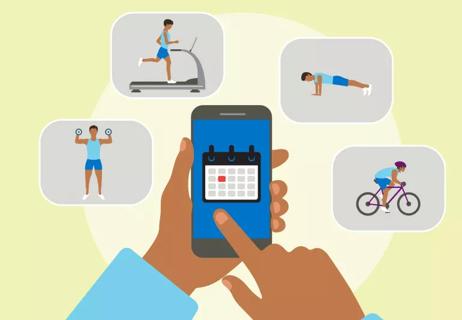
Meet your workout goals by accounting for frequency, intensity, time and type

Type 2 diabetes isn’t inevitable with these dietary changes

Applying a hot or cold compress can help with pain